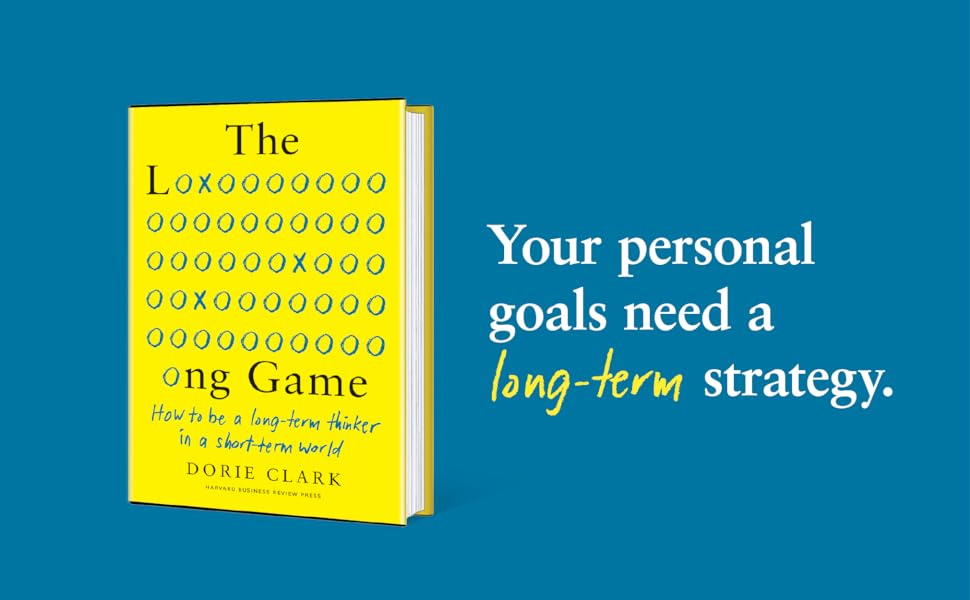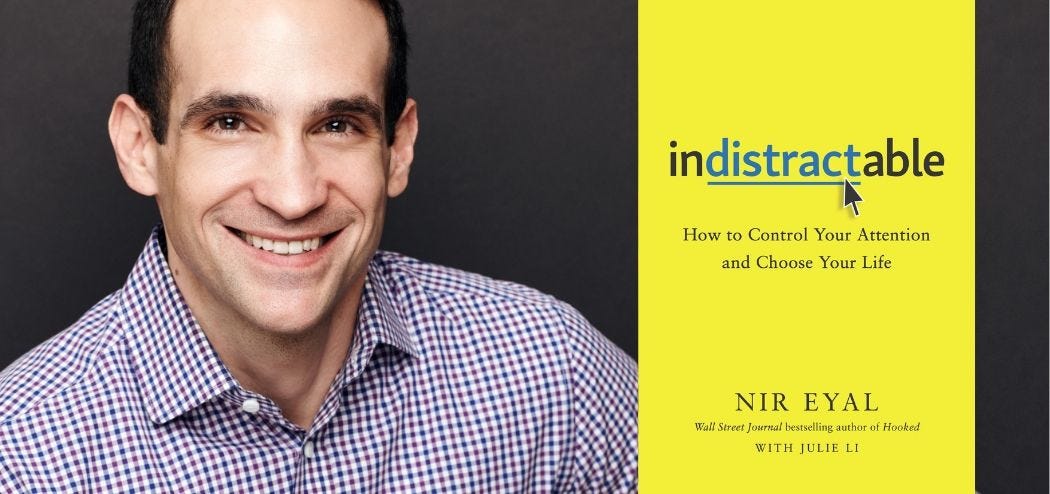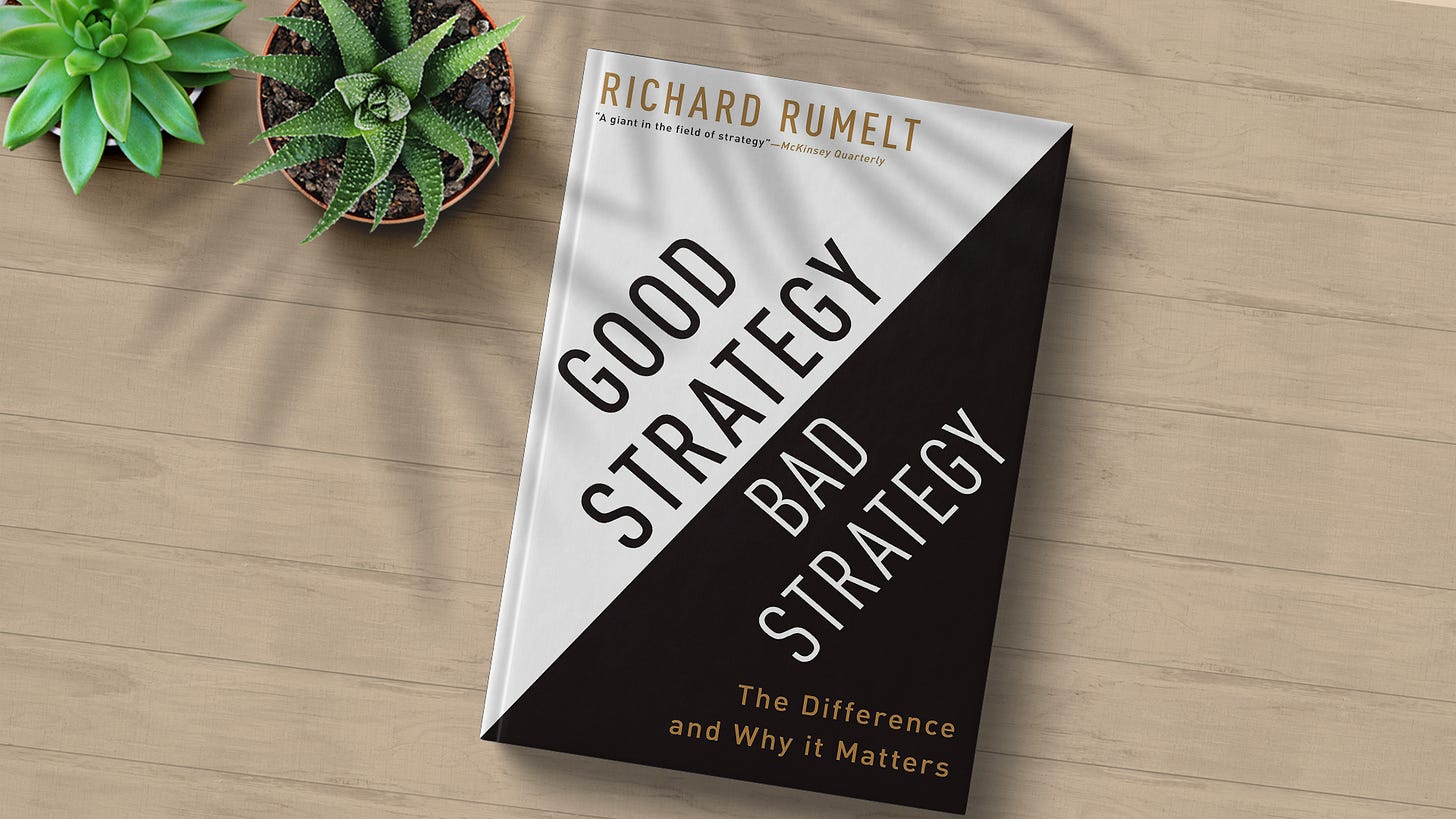From Micro to Macro: How to Elevate Your Strategic Thinking.
Why successful strategies require both detail and vision
Have you ever found yourself deep in the details of a project, meticulously planning and refining each aspect? It’s a satisfying feeling, knowing that you’ve thought through every possibility within your immediate scope. But what happens when you step back and look at the broader picture? How do all those carefully planned details fit into the overall strategy?

This is where the magic happens—when micro-strategy meets macro-thinking. Both are essential, but the real power lies in understanding how they interact, creating a strategy that’s not just about moving from one task to the next, or strategizing around small boxes, but about driving something bigger.
Let’s consider weightlifting as an analogy. You could focus on specific muscle groups—biceps today, triceps tomorrow. Sure, you’ll see results in those areas, but are you building the holistic strength you need for overall health, especially as you age? At 20, I was all about looking fit; now, I care more about being strong and resilient. That’s why I focus on compound exercises—those that work multiple muscles at once, creating a stronger, more balanced body.
The same applies to strategy.

Bridging the gap: Integrating micro and macro strategies
As a product marketer, I spend my days switching between micro and macro-thinking modes. It’s important to dive into the details—after all, the devil is in them, and it’s the little things that kill—but equally important to pull back and view the entire landscape. Seeing how the smaller components fit together to create a strategy that is thorough and well-coordinated, ensuring that all aspects are aligned and working together effectively.
Before we jump into action, it’s important to understand how our current strategies are performing. Are we over-investing in certain areas while neglecting others? Are there gaps in our processes, communication, or resources? Have we fallen into the trap of doing things just because “that’s the way it’s always been done”?
By gaining this broader perspective, we can make more informed decisions and prioritize actions that align with our larger goals.

Finding the right perspective: Beyond the 30,000-foot view
You’ve probably heard the phrase “30,000-foot view” tossed around in meetings. It’s meant to convey big-picture thinking, but often it implies a perspective so distant that it overlooks critical details. True strategic thinking isn’t about being so high up that you miss the important details—it’s about finding that perfect vantage point where you can see both the whole and the finer details to get strategic insight.
Strategic insight is about connecting the dots in ways others might not see, combining data and observations to create new value. It’s about asking why initiatives matter, not just what they are. And it’s this blend of micro and macro thinking that transforms a simple checklist into a dynamic strategy.
When done well, strategy gives us the agility to respond to change, reallocate resources, and stay on course, even in a fast-paced, tech-driven world where distractions are constant.
But how do you sharpen this skill when you’re juggling a million things at once? To help you balance micro and macro strategies, here are some books that offer valuable insights.
Reading recommendations: Sharpening your strategic edge
The Long Game: How to Be a Long-Term Thinker in a Short-Term World by Dorie Clark
We are all obsessed with quick wins, but Dorie Clark offers a refreshing perspective on the value of long-term thinking. She provides practical strategies for staying focused on what truly matters, like creating "white space" in your schedule for deep work and cultivating "strategic patience" to achieve lasting success. This book is a must-read for anyone looking to break free from the short-term mindset and build something meaningful over time.
The Purpose Advantage: How to Unlock New Ways of Doing Business by Jeff Fromm
Every brand talks about purpose, but Jeff Fromm goes beyond the buzzwords to show how a well-defined purpose can actually become your competitive edge. With real-life examples and actionable tips, this book helps you transform your brand's purpose into a tangible advantage that resonates with customers and drives business growth. Plus, it includes a workshop section to help you put the concepts into practice immediately.
Seeing Around Corners: How to Spot Inflection Points in Business Before They Happen by Rita McGrath
Wouldn’t it be great if you could see the future? While that may be a stretch, Rita McGrath teaches you how to identify early signs of change in your industry—what she calls "inflection points"—before they fully emerge. This book is packed with insights on how to stay ahead of the curve and turn potential disruptions into opportunities, making it essential reading for anyone looking to future-proof their business.
Indistractable: How to Control Your Attention and Choose Your Life by Nir Eyal
Nir Eyal’s Indistractable is your guide to regaining control over your attention and, by extension, your life. Eyal, also author of another great book: Hooked, breaks down the psychology of distraction and offers a clear, actionable framework for staying focused on what truly matters. Whether you’re looking to improve your productivity at work or create more meaningful connections in your personal life, this book provides the tools to help you stay on track.
Good Strategy, Bad Strategy: The Difference and Why It Matters by Richard Rumelt
Richard Rumelt explains what makes a strategy good or bad—and why it matters more than you might think. If you’ve ever struggled to turn a strategic idea into real-world results, this book is an invaluable resource that will help you make the leap from theory to action.
Whether you’re deep in the details or stepping back to see the whole picture, balancing micro and macro thinking will elevate your strategy to the next level.
Ready to enhance your approach? Let’s get started.






